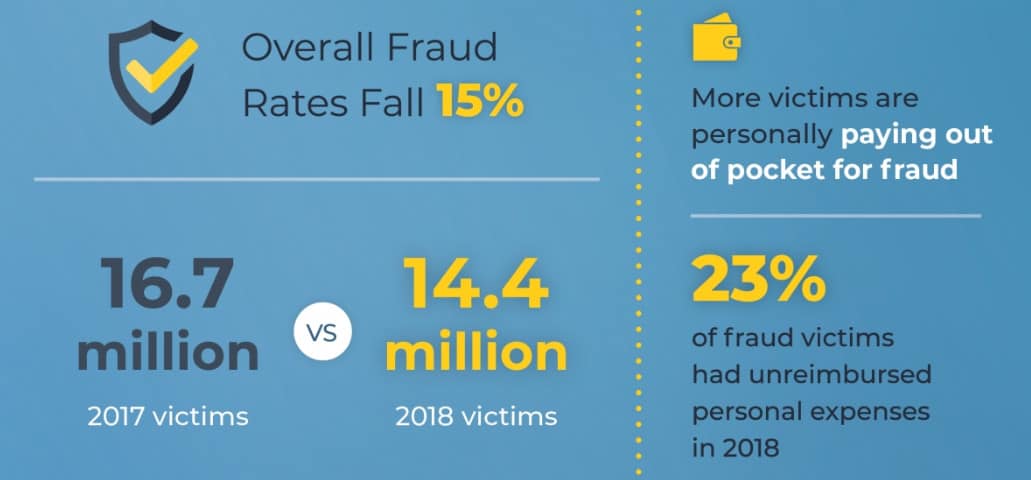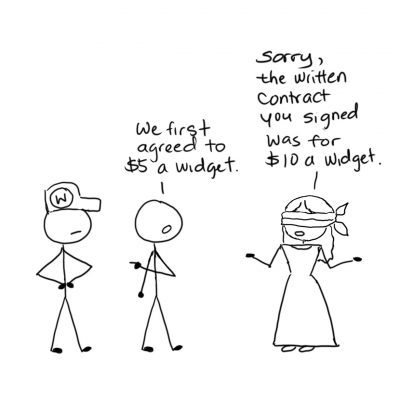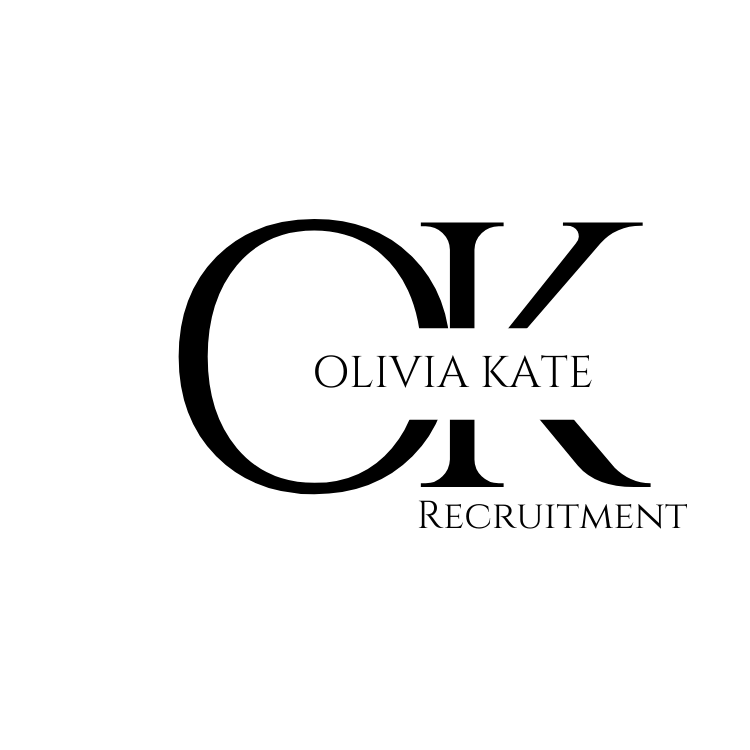Contents:


If a company follows ASPE, the amortization method is not specified, so either straight-line amortization or the effective interest method is appropriate as an accounting policy choice. If the stated interest rate is 10% and the market rate is 9%, the stated rate is higher than the market rate and the note is trading at a premium. Interest-bearing notes have a stated rate of interest that is payable in addition to the face value of the note. While both provide consistent cash flow, it is important to know the difference between the two before making a decision on how to fund your company’s working capital needs.

The adjusting entry amount must therefore be whatever amount is required to result in this ending balance. Note how another contra account, the sales returns and allowances account, is used to record the debit entry for the previous two journal entries above. Its purpose is to track returns and allowances transactions separately, as opposed to directly recording them as a debit to sales.
Which Type of Factoring is Suitable for my Business?
The debt ratio worsens to 36% if the transaction does not meet the criteria for a sale and is treated as a secured borrowing. This impact could motivate managers to choose a sale for their receivables to shorten the credit-to-cash cycle, rather than the borrowing alternative. However, for any receivables due in less than one year, this interest income component is usually insignificant. For this reason, both IFRS and ASPE allow net realizable value to approximate the fair value for short- term notes receivables that mature within one year.
Receivables may generally be classified as trade or non-trade. Trade receivables are the most significant receivables an enterprise possesses. They result from the credit sale of goods and services to customers in the normal operations of the business. Non-trade receivables arise from variety of transactions and can be written promises either to pay or to deliver. They are generally classified and reported as separate items in the balance sheet when they are material in amount. Assignment entails the use of receivables as collateral for a loan.
What is factoring without recourse?
Accounting for Accounts Receivable, Bad Debts, & Other Receivables TARIQ AL-BASHA 28 E Presented below is information related to Sanford Corp. July 1 – Sanford Corp. sold to Legler Co. merchandise having a sales price of $10,000 with terms 2/10, net/60. July 5 – Accounts receivable of $12,000 are factored with Rothchild Credit Corp. without recourse at a financing charge of 9%. – Cash is received for the proceeds; collections are handled by the finance company. – (These accounts were all past the discount period.) July 9 – Specific accounts receivable of $9,000 are pledged to Rather Credit Corp. as security for a loan of $6,000 at a finance charge of 6% of the amount of the loan. – (All the accounts receivable are past the discount period.) Dec. 29 – Legler Co. notifies Sanford that it is bankrupt and will pay only 10% of its account.

Typically, the older the uncash and cash equivalents account, the more likely it is to be uncollectible. Fol- lowing this premise, the accounts receivable are grouped into categories based on the length of time they have been outstanding. In a spot deal, the vendor and the factoring company are engaging in a single transaction. Wall Street Journal indicating that companies are selling their receivables at a record rate. Discuss the reasons why a company may want to sell its receivables and the advantages and disadvantages of this practice.
US: Federal Reserve Keeps Rates Stable
Note that for this method, the previous balance in the AFDA account is not taken into consideration. This is because the credit sales method is intended to calculate the bad debt expense that will be reported on the income statement. This is a fast and simple way to estimate bad debt expense because the amount of sales is known and readily available.
As a result, companies are always looking for ways to shorten the credit-to-cash cycle to maximize their cash resources. Two such ways are secured borrowings and sales of receivables, discussed next. It is important to consider carefully how to manage and control accounts receivable balances. If credit policies are too restrictive, potential sales could be lost to competitors. If credit policies are too flexible, more sales to higher risk customers may occur, resulting in more uncollectible accounts.
- By tracking your cash flow, this just one of the many ways as a financial leader you can add value.
- Often, non-recourse factoring is only applied if the invoiced company files bankruptcy.
- Assignment entails the use of receivables as collateral for a loan.
- This makes intuitive sense since the stated rate of 10% is equal to the market rate of 10%.
- Some of these companies recovered through good management, and cash flows returned.
- An accounts receivable insurance policy allows companies to feel secure in extending more credit to current customers, or to pursue new, larger customers that would have otherwise seemed too risky.
Since the Factor is taking on more risk in a non-recourse transaction, to qualify the company’s customer, they must have an extensive history of prompt on-time payments and meet the credit requirements of the Factor. Sometimes companies can experience cash flow shortfalls when their short-term debts or bills exceed the revenue being generated from sales. If a company has a significant portion of its sales done via accounts receivables, the money collected from the receivables might not be paid in time for the company to meet its short-term payables. As a result, companies can sell their receivables to a financial provider and receive cash. Factoring accounts receivable insurance for receivables is an agreement with a third party company to purchase accounts receivables at a reduced amount of the face value of the invoices.
Expert Answer
You should then use the lender’s reports as the source document for these journal entries. But make sure you double-check your journal entries by auditing the report sent by the factoring lender. The cash account of Aguilar Co. showed a ledger balance of $3,969.85 on June 30, 2017.
In addition, fees for non-recourse factoring are much higher than those for non-recourse factoring. “With accounts receivable insurance, we don’t have to ask for cash up front or payment on delivery, which makes us much more competitive.” However, these same organizations often fail to view accounts receivable as one of the most valuable assets that can and should be secured – leaving themselves exposed to cash flow and revenue problems. The company selling its receivables gets an immediate cash injection, which can help fund its business operations or improve its working capital. Working capital is vital to companies since it represents the difference between the short-term cash inflows versus the short-term bills or financial obligations . The following examples show sample disclosures of receivables from actual financial statements.
Essentially, the company selling the receivables is transferring the risk of default by its customers to the factor. As a result, the factor must charge a fee to help compensate for that risk. Also, how long the receivables have been outstanding or uncollected can impact the factoring fee. The factoring agreement can vary between financial institutions.
America’s Car-Mart Reports Third Quarter 2023 Earnings – GlobeNewswire
America’s Car-Mart Reports Third Quarter 2023 Earnings.
Posted: Wed, 22 Feb 2023 08:00:00 GMT [source]
Notes receivable are usually categorized as current assets, because companies expect to receive them within the next 12 months. However, notes receivable that are not expected to be paid for a period of more than a year may be classified as non-current assets. The example entries show the credit being made directly to the notes receivable account, just as if the note had been collected. This approach is always appropriate if the discounting takes place without recourse.
Non-Recourse Sale Definition – Loans – Investopedia
Non-Recourse Sale Definition – Loans.
Posted: Sun, 26 Mar 2017 06:38:39 GMT [source]
It sold land having a fair value of $700,000 in exchange for a 4-year zero-interest-bearing promissory note in the face amount of $1,101,460. The land is carried on Agincourt’s books at a cost of $590,000. Any event that will create an outflow of economic benefits in the future period is known as liability. Accounts receivable insurance is a great way to make sure you don’t leave money on the table as a result of an overly conservative risk posture.
Factoring of accounts receivable is an outright sale of the receivables to a finance company or bank. The assignor usually retains title to the receivables, continues to receive payments from customer , bears collection costs and the risk of bad debts, and agrees to use any cash collected from customers to pay the loan. A formal promissory note often allows the assignee to seek payment directly from the receivables if the loan is not paid when due. When receivables are factored or otherwise transferred with recourse, the transfer or bears the risk and cost of bad debts. The finance company has recourse against the transferor in the event of default by the original customer.
Assume a factor has agreed to purchase an invoice of $1 million from Clothing Manufacturers Inc., representing outstanding receivables from Behemoth Co. The factor negotiates to discount the invoice by 4% and will advance $720,000 to Clothing Manufacturers Inc. The factor is more concerned with the creditworthiness of the invoiced party than the company from which it has purchased the receivable. A factor is essentially a funding source that agrees to pay a company the value of an invoice less a discount for commission and fees. In the next examples, this process is applied to calculate the discount on three notes receivable by the Sample Company. If the note is not paid at maturity, the bank can collect from the original holder of the note was discounted with recourse.


